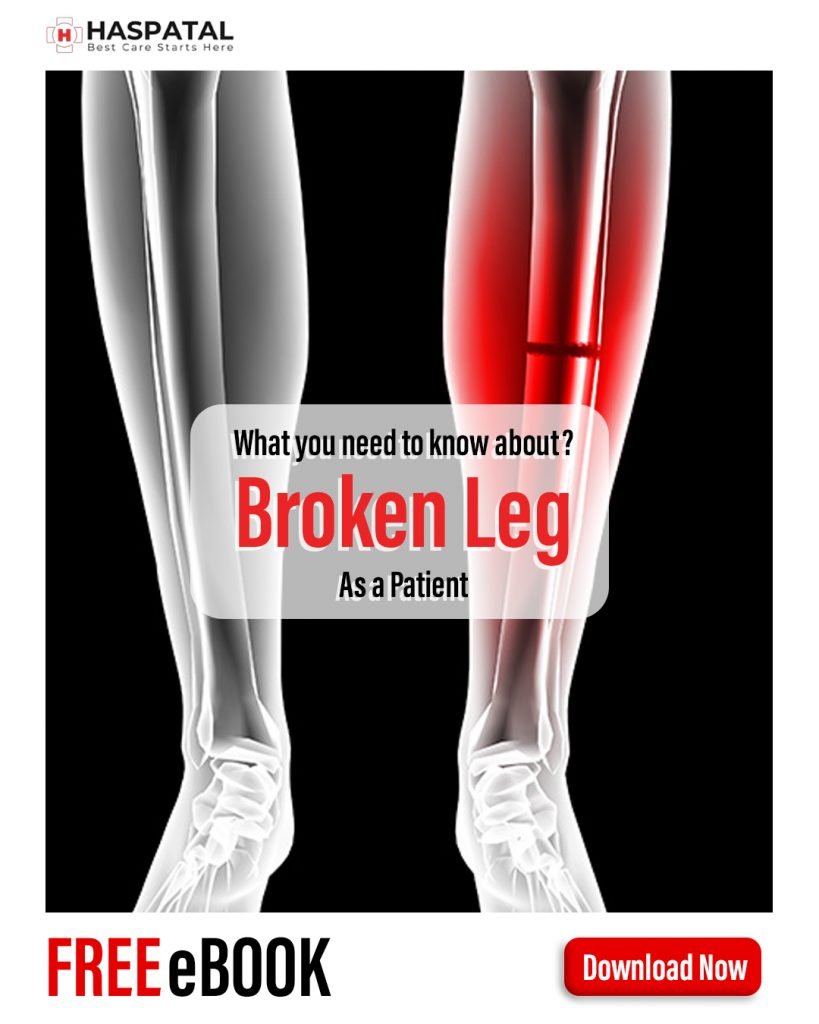How broken leg can affect your body?
Broken Leg
A broken foot (fracture of the foot) is when one of the bones in the foot is broken or cracked. Common causes include falls, car accidents, and sports injuries.
Treatment of foot fractures depends on the location and severity of the injury. Severely broken legs may require surgery to implant the device into the fractured bone to maintain proper alignment during healing. Other injuries can be treated with a cast or splint. In any case, prompt diagnosis and treatment of a broken foot are essential to full recovery.
Symptoms
Fracture of the femur requires a lot of force and will be evident if you break the femur. The main symptoms of a broken leg are pain, swelling, and disfigurement. Less noticeable damage may require an X-ray for diagnosis.
The following are signs that you may have a broken leg:
- Rotten
- Severe pain that worsens when you move and gets better when you standstill
- swelling
- Kindness
Changes in the shape of your feet
If your leg is broken, you can change the shape as follows.
- Rotation: The leg under the break is bent.
- Angle: The legs are bent at the breaks, not at the joints.
- Shortening: A broken leg appears shorter than an unaffected leg.
If you think your child or toddler may have a broken leg, they may cry or stop walking for no reason.
Treatment
Treatment for a broken foot depends on the type and location of the fracture. Stress fractures may only require rest and fixation. Fractures fall into one or more of the following categories:
- Open (composite) fracture. In this type of fracture, the broken bone sticks to the skin. This is a severe condition that requires immediate and aggressive treatment to reduce the chance of infection.
- Closed broken. With a closed fracture, the surrounding skin remains intact.
- Missing broken. The term means that the bone is cracked but not split into two parts.
- Complete break. In a complete fracture, the bone breaks into two or more pieces.
- Displaced fracture. In this type of fracture, the pieces of bone on either side of the fracture are not aligned. Displaced fractures may require surgery to realign the bone properly.
- Greenstick fracture. In this type of fracture, the bone is broken, but not completely broken. For example, when trying to break a green wooden stick. Most children’s fractures are greenstick fractures because children’s bones are softer and more flexible than adult bones.
A broken leg is a break or cracks in one of the bones in your leg. It’s also referred to as a leg fracture. Read more about it on healthline.com
Download Haspatal online consultation app and get the best consultation online via video consultation with online doctors and get other services too.

